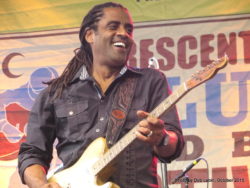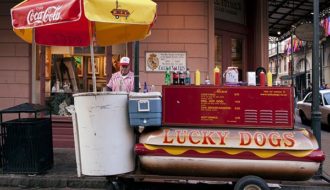
1.8 f. Lucky Dogs
Lucky Dogs are sold on New Orleans streetcorners from giant hot dog–shaped carts.

Lucky Dogs are sold on New Orleans streetcorners from giant hot dog–shaped carts.
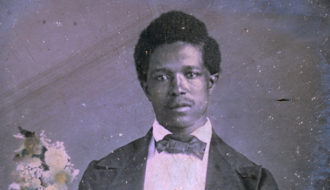
The accordion and rubboard are the lead instruments in this musical form.

The current Louisiana State Capitol is the tallest capitol building in the United States.
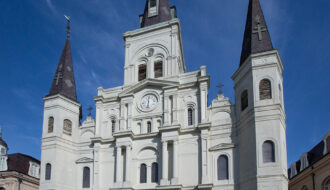
This place of religious worship is one of New Orleans’s best-known buildings.
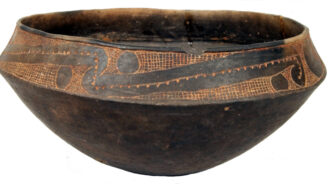
People of the Plaquemine, Caddo, and Mississippian cultures lived in Louisiana between 300 and 800 years ago during a time known as the Mississippi period.
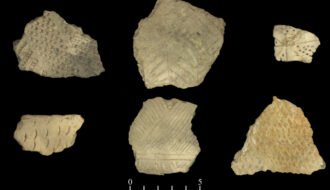
People of the Tchefuncte, Marksville, Troyville, and Coles Creek cultures lived in Louisiana during the Woodland period.

People from the Clovis culture and San Patrice culture were some of Louisiana’s earliest inhabitants.

By studying artifacts, archaeologists know that people were in Louisiana at least 13,000 years ago.
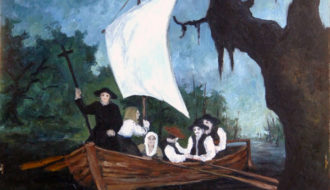
The Acadians, ancestors of present-day Cajuns, were people of French ancestry who settled in what is now Canada before migrating to Louisiana.
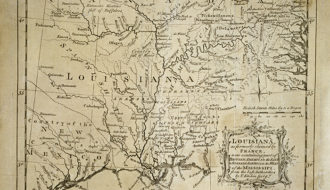
The era of French control over Louisiana was marked by many challenges, including hurricanes and conflicts with Native American groups like the Natchez.
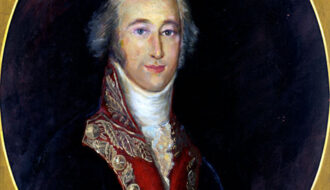
Alejandro O’Reilly served as the second Spanish governor of Louisiana from 1769 to 1770.
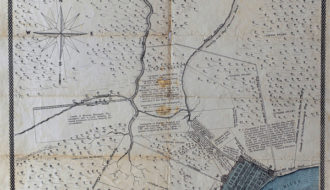
By the end of Spanish rule, Louisiana was a stable colonial outpost.

Ancestors of the Jena Band of Choctaw Indians avoided resettlement and remained in Louisiana following the Indian Removal Act of 1830.
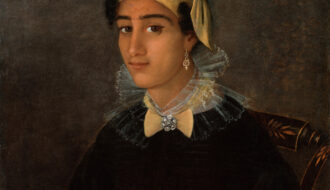
After the Louisiana Purchase, lawmakers passed numerous restrictions against free people of color, though they still experienced some economic gains and opportunities.
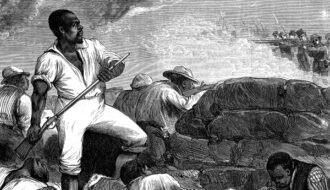
In 1873 white Louisianans responded to Reconstruction policies with violence, resulting in a massacre that claimed as many as 150 lives.
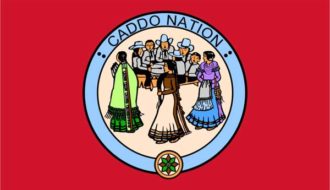
The Caddo people, who began to inhabit the Red River valley approximately 2,500 years ago, were eventually pushed out of their traditional territory by Anglo-American immigrants.
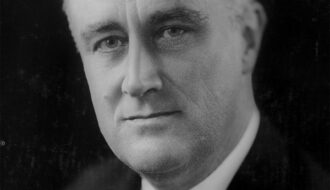
The effectiveness of President Franklin D. Roosevelt’s New Deal program in Louisiana was undercut by conflict with US Senator Huey P. Long.

New Orleans–born musician Louis Armstrong helped introduce jazz to global audiences.
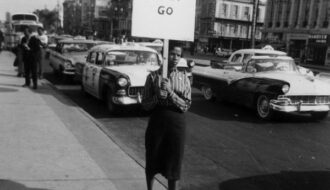
After the Civil War, African Americans gained some political rights and power before having them taken away again during the era of Jim Crow laws and segregation.
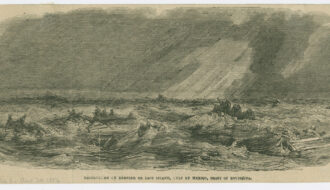
Louisiana hurricanes have played an essential role in the state’s history as recorded from colonization through the present.
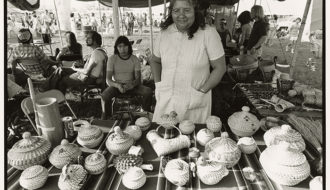
The Coushatta Tribe of Louisiana is the largest of four federally recognized tribal governments in Louisiana.
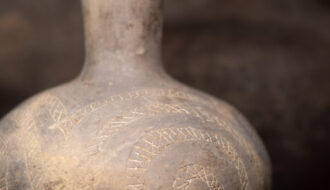
The Tunica-Biloxi Tribe is one of only four American Indian groups in Louisiana recognized by the federal government.
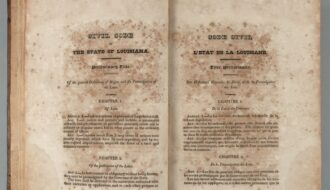
The French Civil Code of 1804 standardized civil law in France, becoming a model legal framework for jurisdictions around the world, including Louisiana.
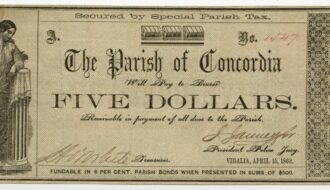
This distinct form of government exists in more than half of Louisiana’s parishes.

Celebrating Louisiana Musical Legends in the Classroom

Celebrating Louisiana Musical Legends in the Classroom
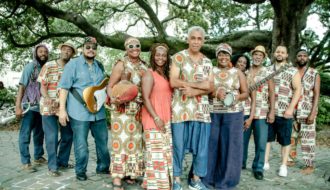
Celebrating Louisiana Musical Legends in the Classroom
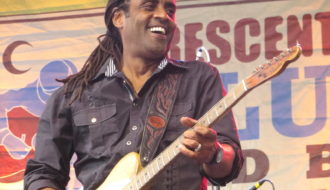
Celebrating Louisiana Musical Legends in the Classroom
One-Year Subscription (4 issues) : $25.00
Two-Year Subscription (8 issues) : $40.00
